If you’re exploring Korean cuisine, one ingredient you’ll quickly discover is doenjang. This traditional fermented soybean paste is more than just a seasoning—it’s a cornerstone of Korean cooking, essential for creating the deep, rich flavors that define many beloved dishes. Let’s dive into what makes doenjang so special and why it’s indispensable in Korean kitchens.
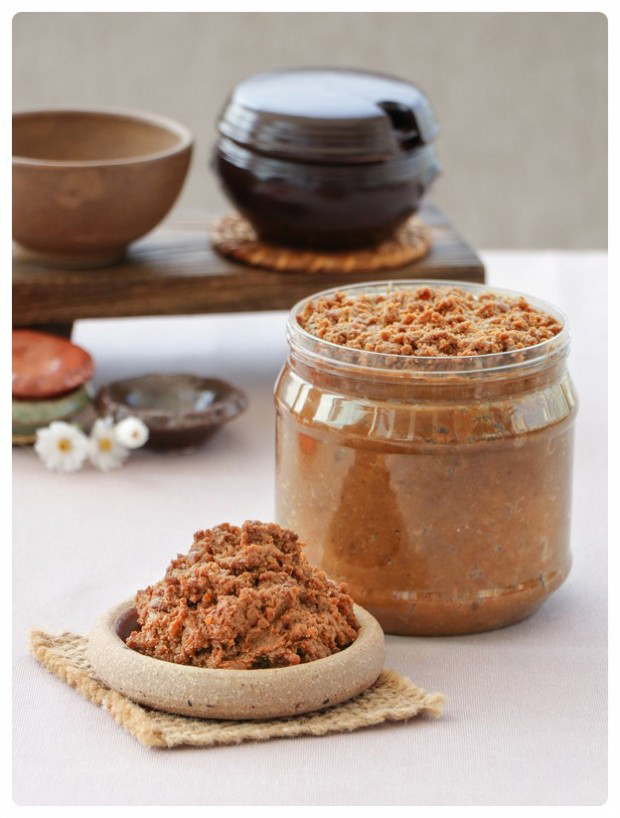
What is Doenjang?
Doenjang (된장) is a fermented soybean paste made from soybeans and brine. It’s been a staple in Korean households for centuries, known for its robust flavor and numerous health benefits.
Key Features of Doenjang
| Feature | Description |
|---|---|
| Flavor Profile | Rich, salty, and earthy with a deep umami taste |
| Ingredients | Soybeans and salt (sometimes with added grains like barley) |
| Fermentation Time | Typically fermented for several months to years |
| Nutritional Value | High in protein, vitamins, minerals, and probiotics |
| Culinary Uses | Soups, stews, marinades, dipping sauces, and seasoning |
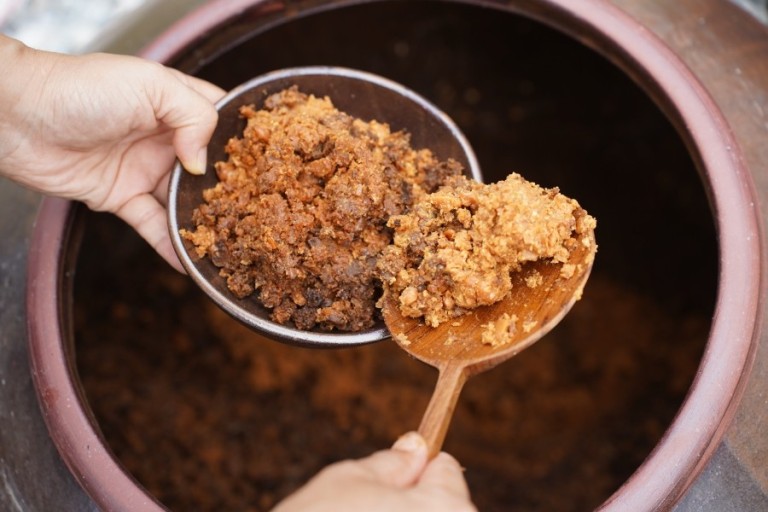
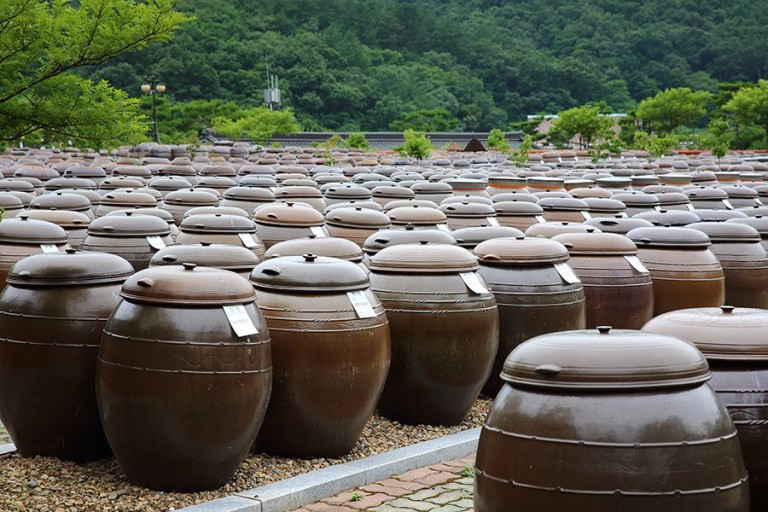
How is Doenjang Made?
The traditional process of making doenjang is an art passed down through generations.
- Soaking and Cooking Soybeans: Soybeans are soaked overnight and then boiled until soft.
- Forming Meju Blocks: The cooked beans are mashed and formed into blocks called meju.
- Fermentation: Meju blocks are air-dried and fermented, often hung outside in a well-ventilated area.
- Brining: The fermented meju blocks are placed in a brine solution and left to ferment further.
- Separation: Over time, the mixture separates into liquid (which becomes ganjang, or soy sauce) and solids (doenjang).
- Aging: The doenjang is aged in clay pots, developing its complex flavors.
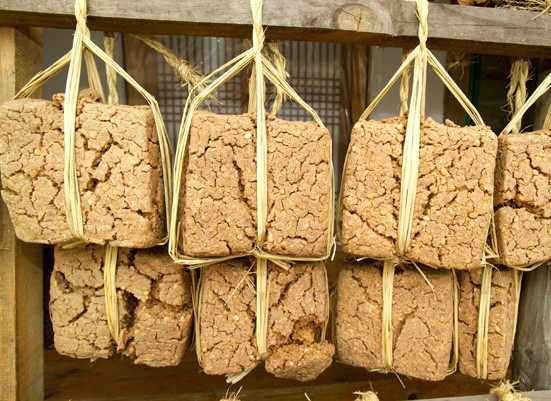
Doenjang in Korean Cuisine
Doenjang’s versatility makes it a key ingredient in many Korean dishes.
Popular Dishes Using Doenjang
| Dish Name | Description |
|---|---|
| Doenjang Jjigae | A hearty soybean paste stew with vegetables and tofu |
| Doenjang Guk | A light soybean paste soup often served with rice |
| Seasoned Vegetables | Used as a seasoning for namul (seasoned vegetable dishes) |
| Marinades | Adds depth to marinades for meats and seafood |
| Dipping Sauces | Mixed with other ingredients for savory dips |
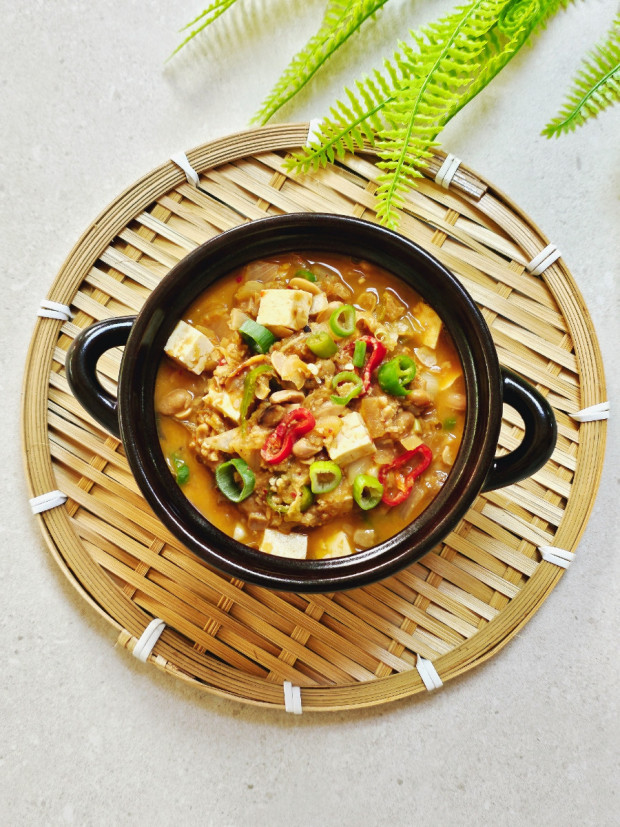
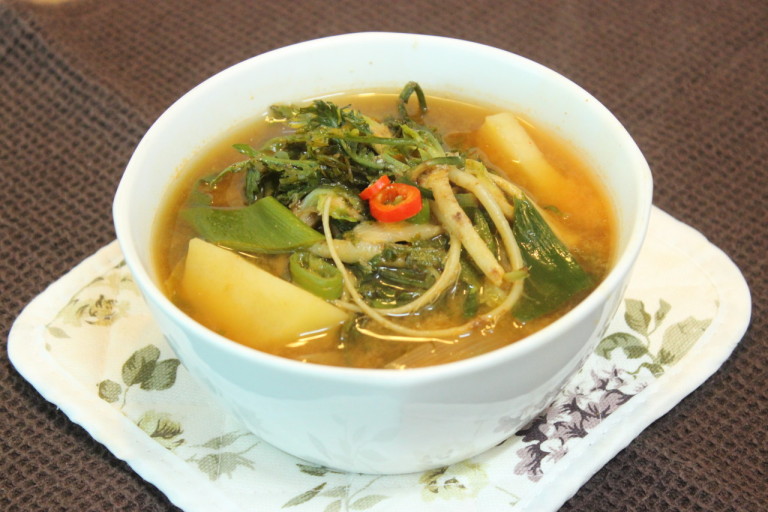
Why is Doenjang So Popular?
- Flavor Enhancer: Doenjang adds a depth of flavor that enhances the overall taste of dishes.
- Health Benefits: Rich in probiotics due to fermentation, supporting gut health.
- Cultural Significance: Represents Korean heritage and traditional culinary practices.
- Versatility: Used in a wide array of dishes, from soups to sauces.
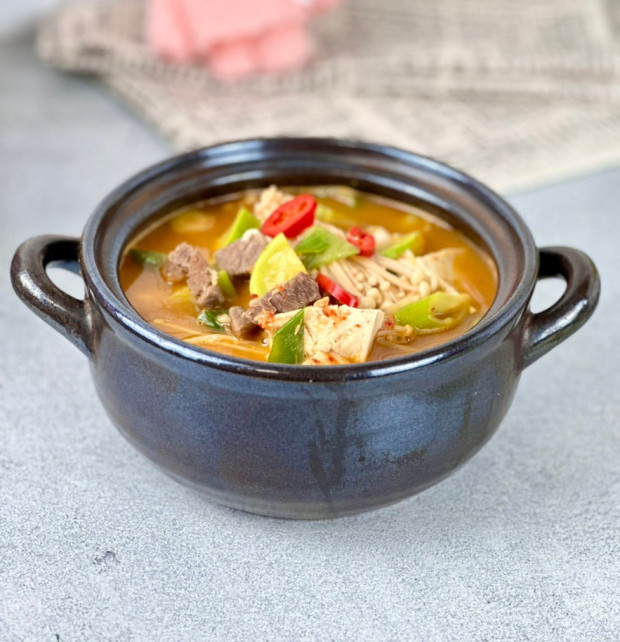
Introducing Ssamjang: The Perfect Companion
No exploration of doenjang is complete without mentioning ssamjang (쌈장). This is a thick, spicy paste commonly used as a dipping sauce or spread in Korean cuisine.
What is Ssamjang?
Ssamjang literally means “wrapping sauce,” as it’s often used in ssam (wraps made with lettuce or perilla leaves).
Components of Ssamjang
| Ingredient | Role in Ssamjang |
|---|---|
| Doenjang | Provides a salty, fermented base flavor |
| Gochujang | Adds spiciness and a hint of sweetness |
| Garlic | Enhances the savory taste |
| Sesame Oil | Adds nuttiness and smooth texture |
| Onions/Green Onions | Offers freshness and crunch |
| Sesame Seeds | Adds a slight crunch and nutty flavor |
These ingredients are mixed to create a harmonious balance of flavors perfect for wraps.
Enjoying Doenjang and Ssamjang
How to Use Doenjang and Ssamjang
| Scenario | Doenjang | Ssamjang |
|---|---|---|
| Making Stews and Soups | Dissolve in broth for depth | Not typically used |
| Grilling Meat (e.g., BBQ) | Used in marinades | Served as a dipping sauce or spread |
| Vegetable Dishes | Seasoning for side dishes | Can be a dip for raw veggies |
| Creating Sauces | Base for various sauces | Used as-is or slightly modified |
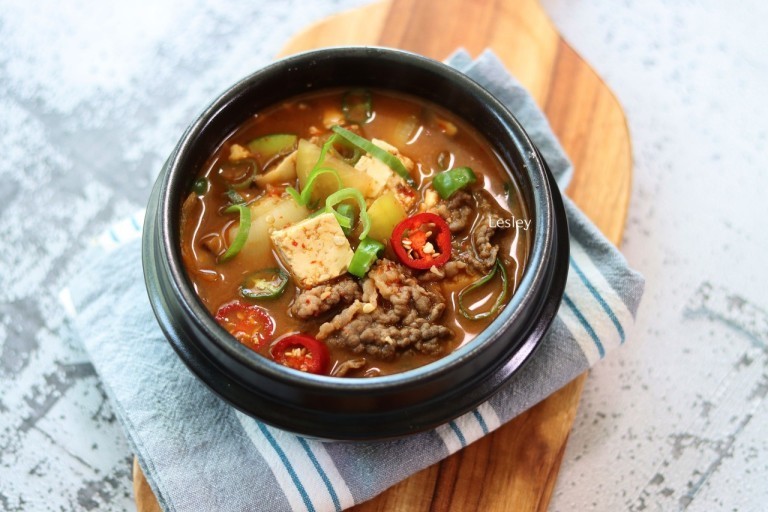
Doenjang is more than just an ingredient; it’s a fundamental part of Korean culinary identity. Its rich flavors and health benefits make it a beloved staple in homes and restaurants alike. Paired with ssamjang, it offers a delightful journey into the heart of Korean food culture.
So, when you’re in Seoul, don’t miss the chance to savor dishes made with doenjang and enjoy the robust flavors that have been cherished for generations.
Have you tried doenjang or ssamjang? Share your experiences or ask any questions in the comments below!
Leave a Reply